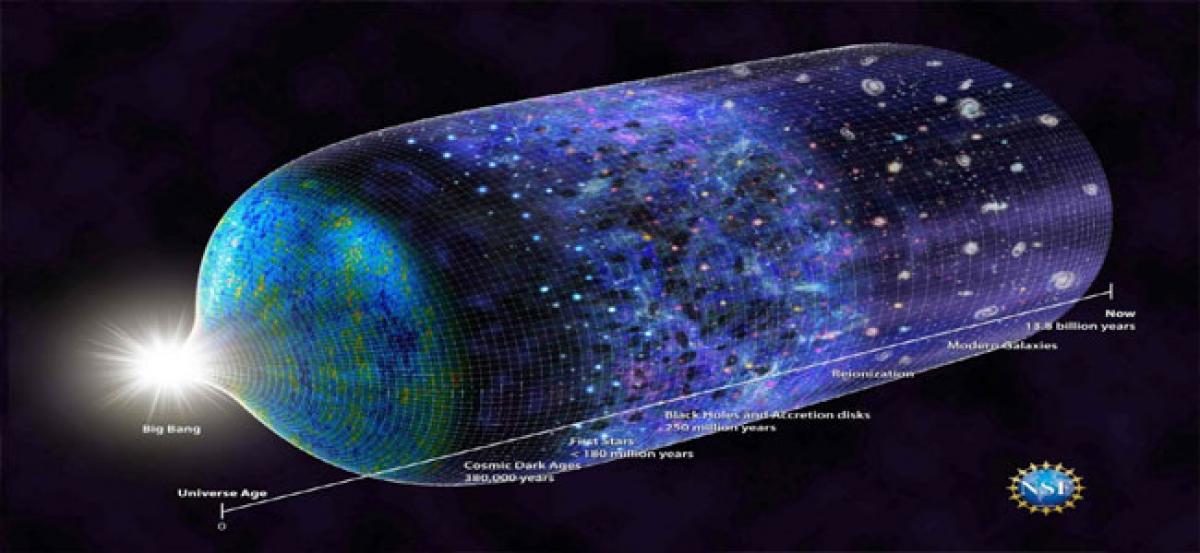Radio antenna detects signals from first stars

Using a radio antenna not much larger than a refrigerator, astronomers have detected for the first time a signal from stars emerging in the early universe. The researchers discovered that ancient suns were active within 180 million years of the Big Bang, according to a study published in the journal Nature.
Washington: Using a radio antenna not much larger than a refrigerator, astronomers have detected for the first time a signal from stars emerging in the early universe. The researchers discovered that ancient suns were active within 180 million years of the Big Bang, according to a study published in the journal Nature.
The astronomers made the discovery with their Experiment to Detect the Global EoR (Epoch of Reionization) Signature (EDGES) project. "Finding this miniscule signal has opened a new window on the early universe," said lead investigator on the project Judd Bowman of the University of Arizona in the US. "Telescopes cannot see far enough to directly image such ancient stars, but we've seen when they turned on in radio waves arriving from space," Bowman said.
Models of the early universe predict such stars were massive, blue and short-lived. Because telescopes cannot see them, though, astronomers have been hunting for indirect evidence, such as a tell-tale change in the background electromagnetic radiation that permeates the universe, called the cosmic microwave background (CMB). A small dip in intensity, for example, should be apparent in CMB radio signals, but Earth's crowded radio-wave environment has hampered astronomers' search.
The researchers set up the EDGES antennae in the desert to eliminate as much radio noise as possible, selecting an isolated site at the Murchison Radio-astronomy Observatory in Australia, run by that nation's Commonwealth Scientific and Industrial Research Organisation (CSIRO).







